Category: Asthma
-

Chest sensor detects worsening asthma, respiratory disease
The RESP Sensor from Strados labs received FDA clearance for early, remote detection of lung acoustic and ventilation pattern changes to predict worsening respiratory disease. Lung sounds associated with asthma, COPD, heart failure and infectious diseases including COVID-19 are detected. Frequency of wheezing, coughing, shortness of breath, and respiratory dynamics including rate and excursion are…
-

Graphene sensor detects asthma attacks early
Azam Gholizadeh, Clifford Weisel, and Rutgers colleagues have created a graphene sensor for early molecular diagnosis of asthma attacks. The goal is the development of wearables that will alert users to take medicine, as well as determine appropriate dosages. Current non-invasive detection methods, such as spirometry, are limited in characterizing the nature and degree of…
-

GSK/Verily “biolectronic medicine” partnership for disease management
Galvani Biolectronics is a Verily/GSK company, created to accelerate the research, development and commercialization of bioelectronic medicines. The goal is to find solutions to manage chronic diseases, such as arthritis, diabetes, and asthma, using miniaturized electronics. Implanted devices would modify electrical signals that pass along nerves, including irregular impulses that occur in illness. Initial work will…
-

Chest/wrist wearable system predicts, aims to prevent, asthma attacks
North Carolina State researchers are developing a multi-sensor wearable monitoring system meant to predict and prevent asthma attacks. A chest-worn patch track one’s respiratory rate, skin impedance and wheezing in the lungs. A wristband monitors volatile organic compounds and ozone in the air, ambient humidity, and temperature, as well as a a wearer’s movements, heart rate…
-
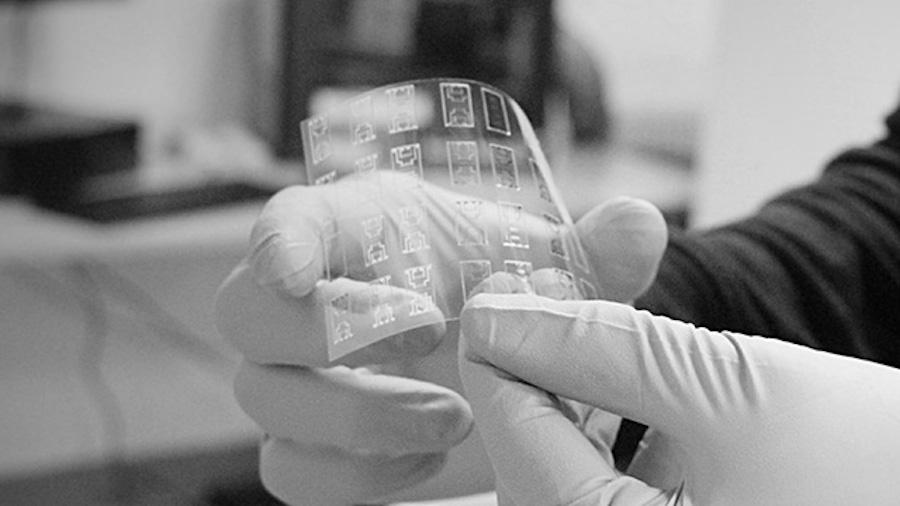
Glucose monitoring breath test
Applied Nanodetectors is in the early stages of developing a noninvasive breath sensor for diabetics to monitor daily glucose levels. By measuring the levels of volatile organic compounds in breath, if accurate, this could replace finger pricking for disease sufferers, and create a simple diagnostic test. The company has a related product that monitors the concentration of exhaled…
-
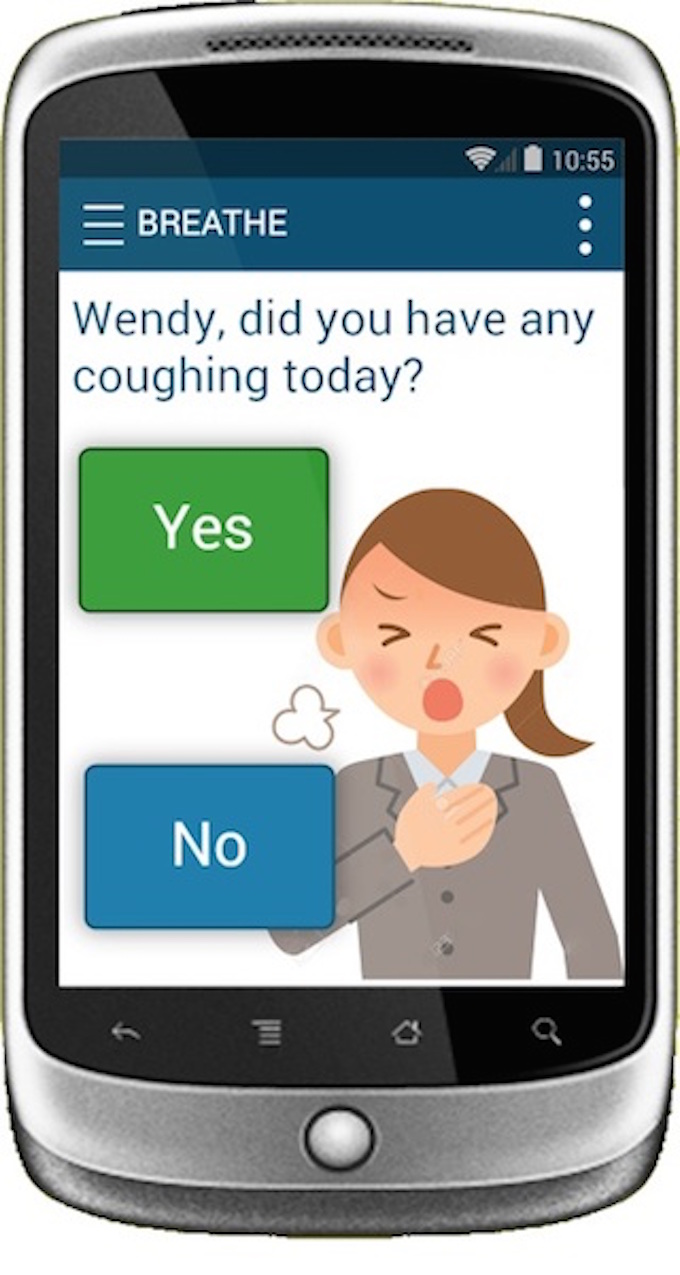
Wearable, home, school sensors + app predict asthma attacks
ApplySci is pleased to report another sensor-based initiative to combat asthma. Alex Bui and colleagues from UCLA and USC are creating technology for smart phones and watches to identify asthma attack triggers. The program is part of the National Institute of Biomedical Imaging & Bioengineering’s Pediatric Research using Integrated Sensor Monitoring Systems initiative. The platform will transmit data to a phone from…
-

Medication sensing inhaler correlates adherence, attacks
Propeller Health and GSK are developing of an inhaler-integrated medication sensor that will automatically collect and record usage data. The system combines sensors, mobile apps, analytics, and feedback for patients and caregivers. The companies believes that it will help doctors better understand asthma and COPD, predict attacks, and reduce hospitalizations. Information will be collected in…
-
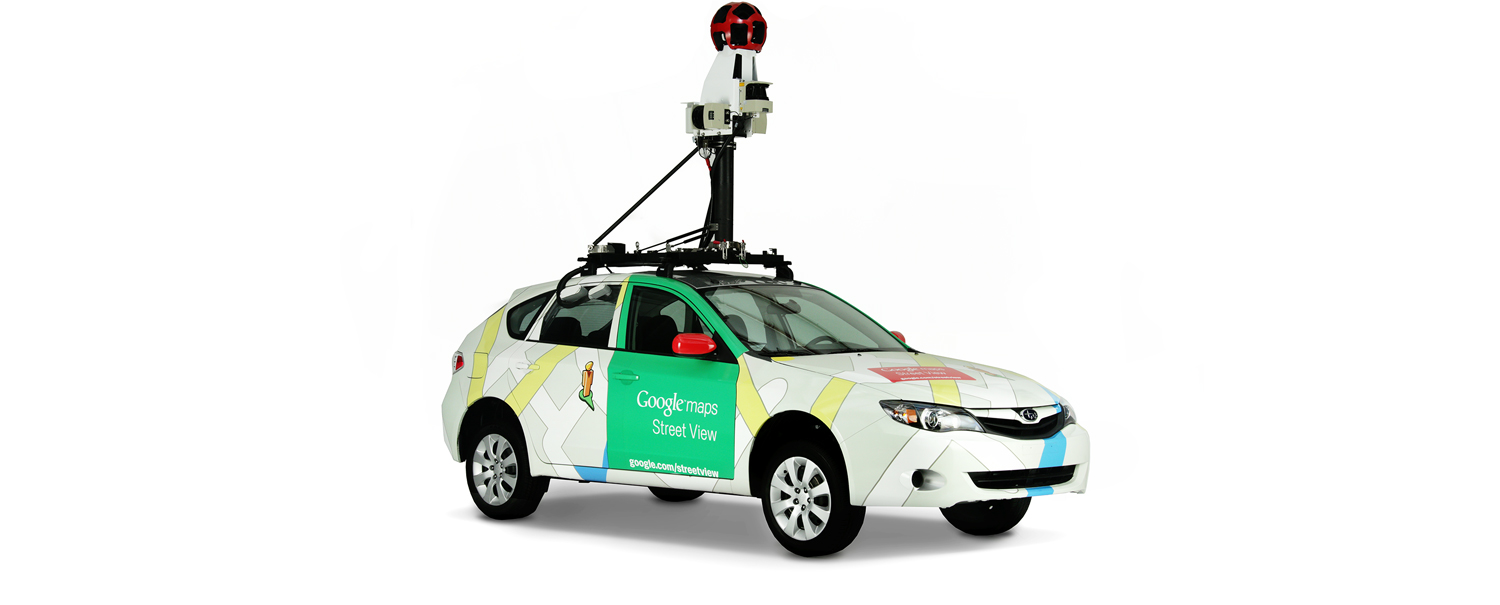
Street View cars map health-impacting pollutants
Google has partnered with Aclima to map urban air quality through Street View cars. Mobile sensors on the cars will measure nitrogen dioxide, nitric oxide, ozone, carbon monoxide, carbon dioxide, and other pollutants that can affect health. A experiment was conductedin Denver. The cars drove for 750 hours, over 30 days, and gathered 150 million…
-
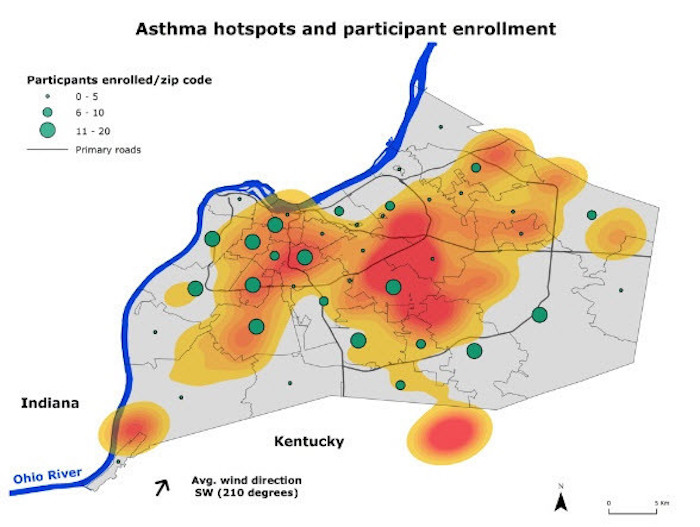
Inhaler sensors track asthma severity across cities
Propeller Health and the Robert Wood Johnson Foundation, through their Air Louisville program, are using sensors on asthma inhalers to track when, where and how often inhalers are used. This helps patients manage symptoms, and city officials warn of increased chances of asthma severity in certain areas. Sensors attach to inhaled medication, and a smartphone app and…
-
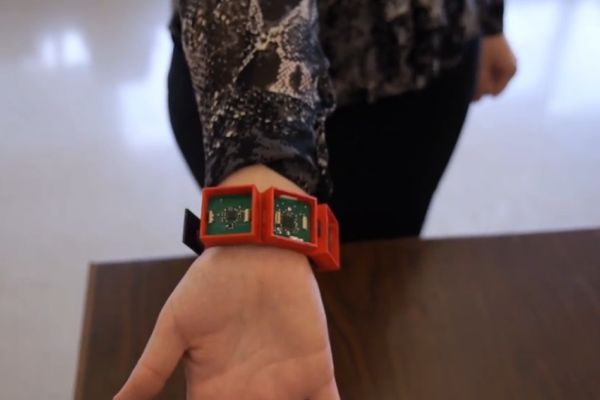
Wearable detects asthma triggers
North Carolina State University‘s Veena Misra is developing a wearable that detects asthma triggers. The device monitors environmental factors, such as ozone, carbon monoxide and nitrogen dioxide levels, as well as vital signs including heart rate and hydration. Sensor data is transmitted wirelessly to a phone or physician’s office. The intention is to guide people away…
-
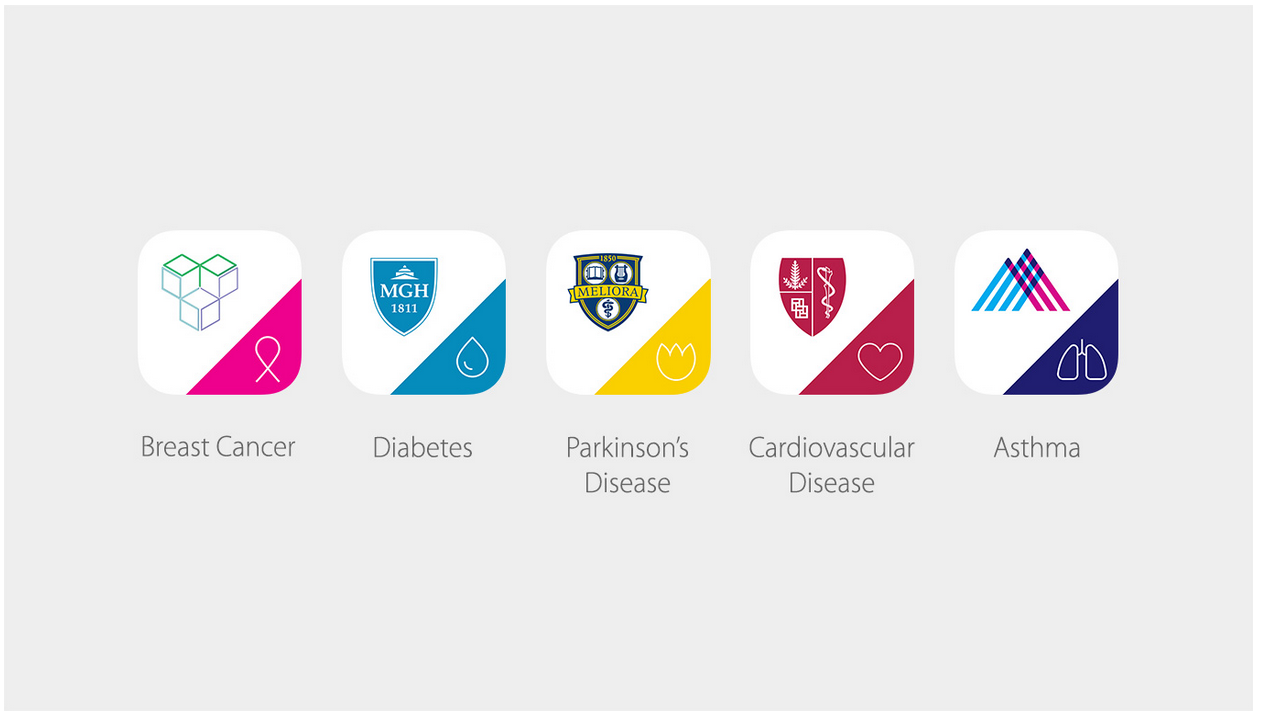
ResearchKit can simplify, improve diagnostics
As a company devoted to improving the human condition through health innovation, ApplySci was delighted to hear yesterday’s ResearchKit announcement. The framework allows people to easily join health studies, and simplifies the process by bringing research to one’s phone. ResearchKit’s first tests detect Parkinson’s disease, diabetes, cardiovascular disease, asthma, and breast cancer. Apple worked with 12 institutions to…
-
Mobile phone microphones as health sensors
http://www.economist.com/news/technology-quarterly/21578518-sensor-technology-microphones-are-designed-capture-sound-they-turn-out The Economist’s Technology Quarterly describes how mobile phone microphones are being used as versatile sensors with myriad health applications. Examples follow: 1. Professor Tanzeem Choudhury of Cornell has created StressSense to capture and analyze voice characteristics such as amplitude and frequency. Her team concluded that “it is feasible to implement a computationally demanding stress-classification system…